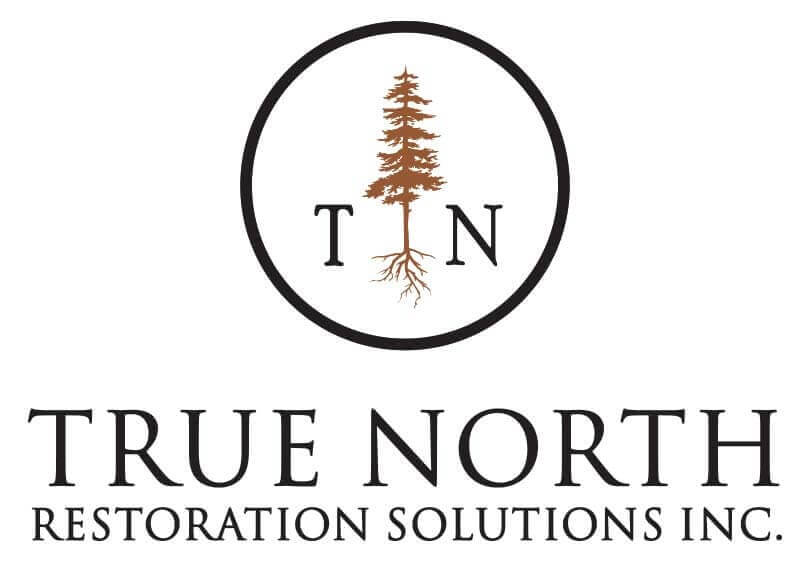Handling Water Damage in Log Homes
Log homes are renowned for their rustic charm and natural aesthetics. However, being constructed primarily from wood, they are susceptible to water damage over time. Understanding how to identify, prevent, and address water damage is crucial for log homeowners. In this comprehensive guide, we’ll delve into the world of handling water damage in log homes, ensuring your cherished property remains structurally sound and visually stunning.
Understanding the Impact of Water Damage
Water damage can have far-reaching consequences for log homes. It not only affects the appearance but can compromise the structural integrity of the wood. To effectively handle water damage, it’s essential to recognize its various forms and manifestations.
Common Signs of Water Damage
- Wood Discoloration: Stains or dark spots on the logs, both inside and outside the home, can indicate water penetration.
- Rot and Decay: Softened or crumbly wood, often accompanied by a musty odor, suggests advanced rot and decay. This is a big indicator that log cabin renovations are needed to improve its lifespan.
- Mold and Mildew: The growth of mold and mildew on logs is a clear indicator of excess moisture.
- Swelling and Warping: Logs that have absorbed moisture may swell, causing visible changes in their shape.
- Caulking and Sealant Failure: Check for cracks or gaps in the caulking and sealant between logs, as these can allow water to seep in.
Preventing Water Damage
Prevention is the first line of defense against water damage in log homes. By implementing proactive measures, homeowners can safeguard their investment and preserve the beauty of their property.
Proper Sealant and Stain Application
The application of a high-quality wood restoration product and stain is essential for log homes. These protective coatings serve as barriers against moisture infiltration. Regularly inspect the finish and reapply as needed, typically every 3 to 5 years.
Routine Maintenance
Implement a consistent maintenance routine that includes cleaning gutters, clearing debris from the roof, and ensuring proper drainage around the foundation. Regularly inspect the logs for any signs of wear or damage.
Proper Landscaping
Ensure proper landscaping around your log home. Slope the terrain away from the foundation to divert water and prevent pooling near the logs.
Adequate Ventilation
Proper ventilation within the home helps control moisture levels. Install exhaust fans in kitchens and bathrooms, and ensure crawl spaces are adequately ventilated to reduce humidity.
Addressing Water Damage
Addressing water damage promptly is critical to prevent it from spreading and causing further harm to your log home.
Identify the Source
Determine the source of the water damage. It could be a leaky roof, damaged flashing, malfunctioning gutters, or plumbing issues. Identifying the root cause is essential to prevent recurring damage.
Dry the Affected Area
Thoroughly dry the affected logs and surrounding areas. Use fans, dehumidifiers, and natural ventilation to remove moisture. Ensure the area is completely dry before proceeding with repairs.
Remove Damaged Wood
For severely damaged logs, removal is often the best solution. Replace the affected sections with new, properly treated logs that match the existing wood.
Mold Remediation
If mold growth is present, take appropriate steps for mold remediation. This may involve cleaning, disinfecting, and ensuring proper ventilation to prevent future mold issues.
Professional Assistance for Water Damage in Log Homes
Handling water damage in log homes can be complex, and some situations may require professional expertise.
Consult a Log Home Restoration Specialist
Engage a log home restoration specialist if the damage is extensive or involves structural components. These experts have the knowledge and experience to assess, repair, and restore log homes effectively.
Roof and Gutter Inspection
Hire a roofing professional to inspect your roof and gutters regularly. They can identify and address potential issues before they lead to water damage.
Conclusion
Water damage is a common concern for log homeowners, but with vigilance and timely action, it can be managed effectively. Understanding the signs of water damage, implementing preventative measures, and addressing damage promptly are essential steps in preserving the beauty and integrity of your log home.
Remember that log homes are investments in both financial and sentimental terms. Regular log home maintenance and professional assistance when needed can ensure your log home stands strong and continues to provide the comfort and rustic charm you love for generations to come.
Handling water damage is a crucial aspect of log home ownership, and by taking proactive steps, you can enjoy your log home for years to come, knowing it’s well-protected against the challenges of moisture and time.
